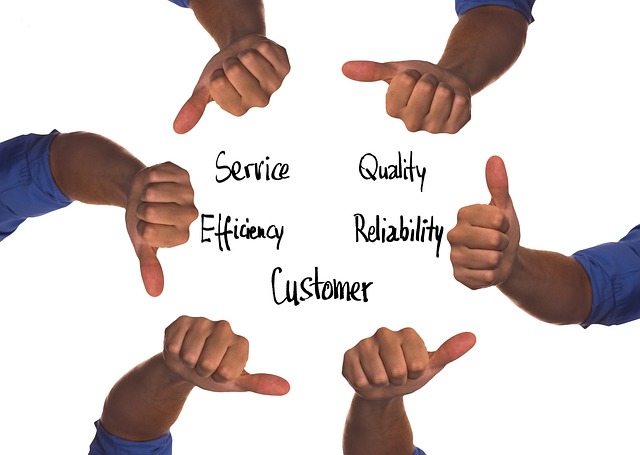Interpreting Preference Indicators to Align Roles with Skills
Preference indicators—such as assessments, observations, and self-reports—offer actionable signals about how people prefer to work and learn. This article explains how to interpret those signals to better match roles with individual skills while accounting for context and change.

Aligning people with suitable roles requires interpreting preference indicators thoughtfully rather than treating assessments as definitive labels. Preference indicators include trait measures, behavioral observations, and self-reported preferences; combined they provide a multilayered picture of how someone is likely to perform, interact, and develop. Interpreting these signals correctly involves checking reliability, validating with multiple sources, and considering situational factors so placements support both individual growth and organizational needs without oversimplifying complex behavior patterns.
What do traits and temperament reveal?
Traits and temperament capture relatively stable patterns in how people respond to their environment. Traits such as conscientiousness, openness, or extraversion predict tendencies like reliability, receptiveness to new ideas, and energy in social settings. Temperament highlights baseline levels of reactivity and regulation that shape how someone adapts to stress or change. Together, these indicators can suggest which kinds of tasks and environments a person is inclined to prefer, but they should be interpreted alongside evidence of learning and situational fit rather than in isolation.
How does behavior inform work style and strengths?
Observed behavior often provides the clearest evidence of how someone approaches tasks day to day. Behavioral indicators—such as meeting participation, time allocation, and error-checking—clarify whether a person prefers collaborative versus independent work, methodical versus rapid approaches, and where their practical strengths lie. Tracking behavior across contexts helps identify stable work styles and surface skills that assessments might not capture. Because behavior can be influenced by role design and feedback, it also points to areas where training or minor adjustments can improve fit.
How can self-awareness improve communication?
Self-awareness affects how accurately people describe their preferences and how effectively they communicate needs and limits. Individuals with higher self-awareness are typically better at articulating development goals, seeking appropriate feedback, and aligning expectations with managers and peers. Incorporating mechanisms such as structured reflection, 360-degree feedback, and coaching in assessment processes helps validate reported preferences and enhances communication. Clear dialogue about assessment results reduces mismatch by turning preference indicators into actionable development plans.
How do motivation and decision-making affect roles?
Motivation determines what sustains effort over time, while decision-making style shapes how choices are evaluated and executed. Intrinsic motivators such as mastery or purpose point to roles with learning and impact, whereas extrinsic motivators like recognition align with performance-driven positions. Decision-making styles—analytic, intuitive, or consultative—should match role requirements for speed, risk tolerance, and collaboration. Assessing both motivation and decision-making helps predict whether someone will persist in a role and how they will navigate trade-offs under pressure.
Why is emotional intelligence important for team dynamics?
Emotional intelligence underlies interpersonal effectiveness, conflict resolution, and adaptability within groups. People who can recognize and manage emotions tend to contribute to healthier team dynamics, smoother collaboration, and better client interactions. Indicators of emotional intelligence are particularly relevant when roles require frequent coordination, coaching, or stakeholder management. Pairing EI measures with real-world interaction observations provides a stronger basis for assigning people to roles where social competence is a core success factor.
How to map indicators for career alignment?
Mapping indicators to career alignment requires a structured, evidence-based process: define role competencies clearly, gather multiple indicator types (traits, behavior, motivation, performance records), and weight each source according to reliability. Create role profiles that link specific indicators to success outcomes—for example, linking sustained attention and conscientiousness to quality assurance roles. Use assessment outcomes to design development pathways and periodic reassessment, recognizing that skills, motivation, and context evolve. Treat career alignment as an ongoing dialogue that integrates objective indicators with personal goals.
Conclusion Interpreting preference indicators to align roles with skills is a multifaceted task that blends trait information, behavioral evidence, self-awareness, motivation, decision-making style, and emotional intelligence. Effective alignment relies on multiple data sources, contextual judgement, and iterative reassessment to place people where their strengths can be expressed and developed, supporting both individual trajectories and team performance.




